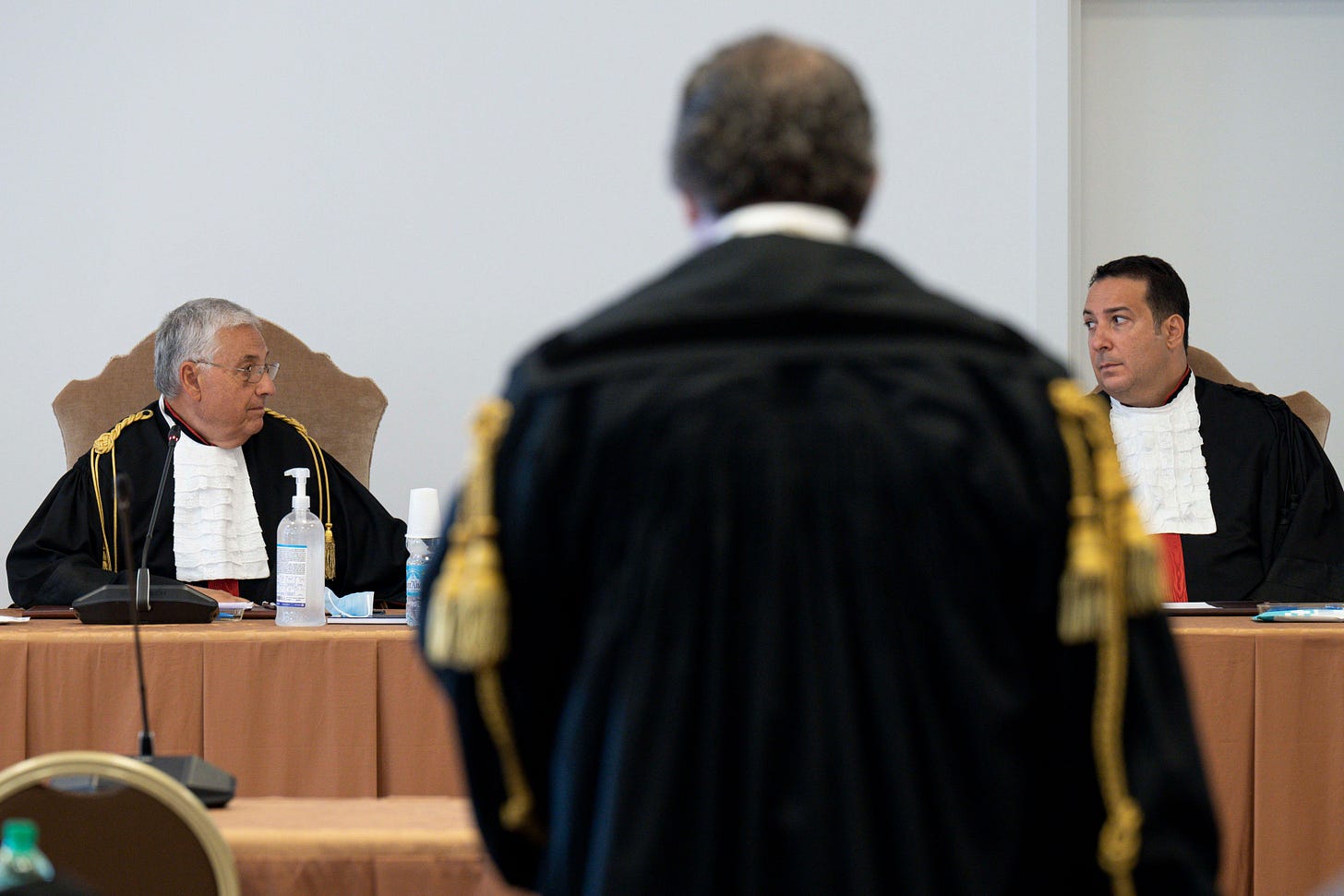
The Vatican financial trial resumed hearing on Friday, with witnesses offering conflicting narratives of the now infamous London property deal.
The building was purchased by the Vatican in late 2018 at a total cost of some 350 million…

The Vatican financial trial resumed hearing on Friday, with witnesses offering conflicting narratives of the now infamous London property deal.
The building was purchased by the Vatican in late 2018 at a total cost of some 350 million…